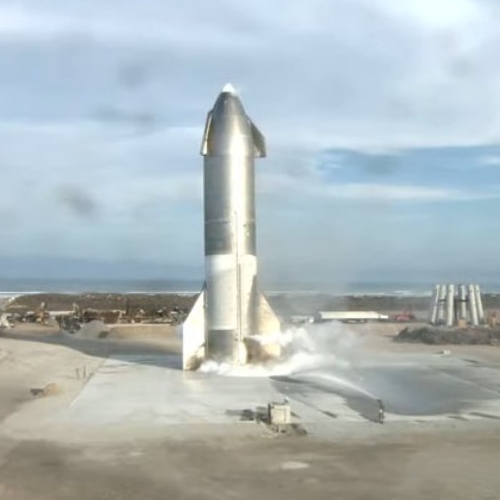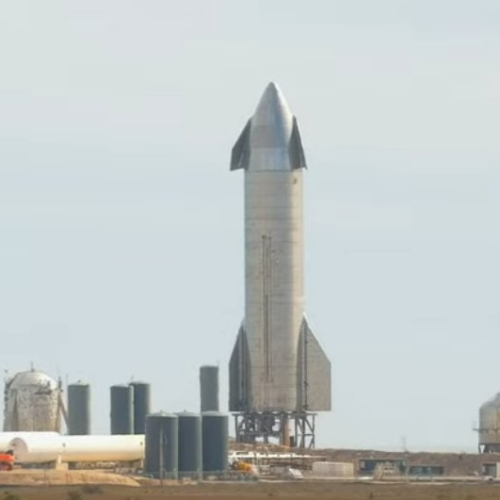Nicaragua forms space agency
The new colonial movement? In what appears to be a complete surprise within its own scientific community, the government of Nicaragua today announced the formation of its own space agency.
[T]he National Assembly approved the creation of the agency for the “defence of supreme interests” in space. It will seek “to expand the country’s capacities in the educational, industrial, scientific and technological branches”, according to president Daniel Ortega´s proposal.
The article at the link provides little information about this government effort, and instead is mostly filled with commentary by other scientists expressing their opposition to it. Nor can I blame them. Unlike rich countries like the UAE, Nicaragua is one of the poorest in Latin America. It can’t afford to buy the educational resources of the United States, as the UAE did.
Moreover, it is ruled by a socialist/communist government whose ability to produce wealth is exceedingly limited. If anything, the nation’s poverty is because of that government’s top-down policies. Establishing a space agency is merely another aspect of this approach, and will likely only act to provide photo ops for its leaders and little benefit to its citizens.
The new colonial movement? In what appears to be a complete surprise within its own scientific community, the government of Nicaragua today announced the formation of its own space agency.
[T]he National Assembly approved the creation of the agency for the “defence of supreme interests” in space. It will seek “to expand the country’s capacities in the educational, industrial, scientific and technological branches”, according to president Daniel Ortega´s proposal.
The article at the link provides little information about this government effort, and instead is mostly filled with commentary by other scientists expressing their opposition to it. Nor can I blame them. Unlike rich countries like the UAE, Nicaragua is one of the poorest in Latin America. It can’t afford to buy the educational resources of the United States, as the UAE did.
Moreover, it is ruled by a socialist/communist government whose ability to produce wealth is exceedingly limited. If anything, the nation’s poverty is because of that government’s top-down policies. Establishing a space agency is merely another aspect of this approach, and will likely only act to provide photo ops for its leaders and little benefit to its citizens.





